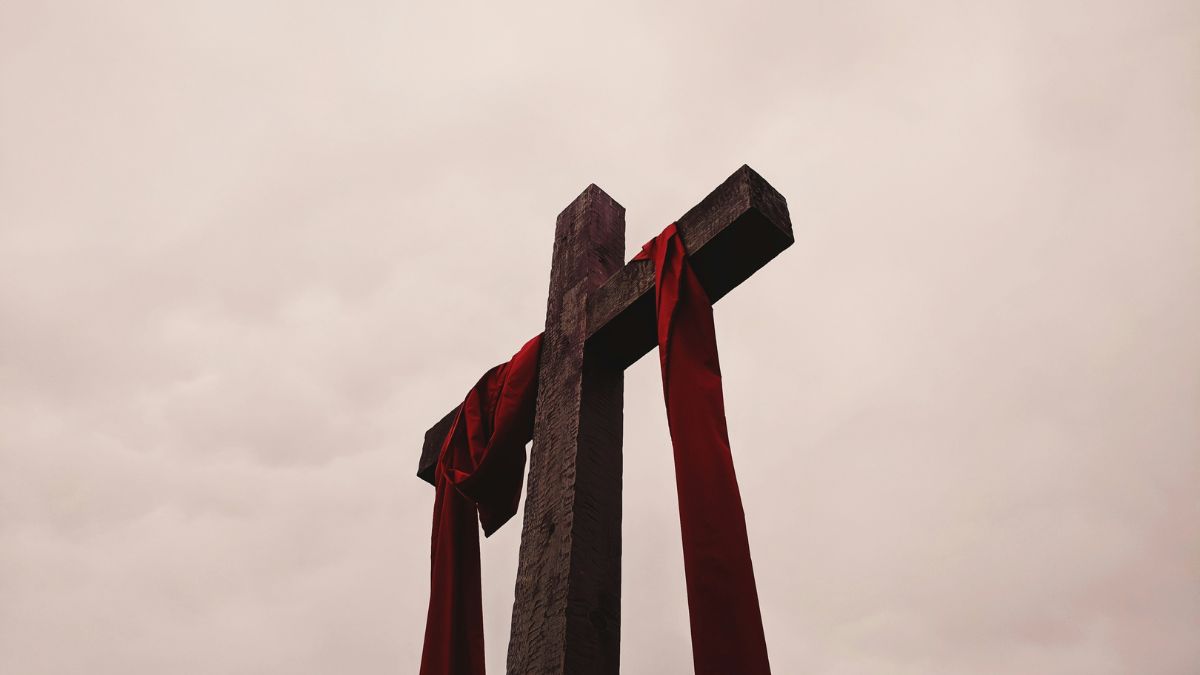

BreakPoint
Vermeer Mania
This winter, Washingtonians suffered through the worst blizzard in 50 years. The snow piled up, the government shut down, and commuters abandoned cars all over town. Despite the weather, some 20,000 people dug their way out every day and headed downtown. Were they stocking up on bread and milk? No. They trudged through up to 17 inches of snow and ice to see . . . an art exhibit. For three freezing months, the hottest ticket in town was to a small exhibition of paintings by seventeenth century Dutch master Johannes Vermeer. Some art lovers even camped out in front of the National Gallery all night in the cold to be sure of getting a ticket. Inside the museum, one reviewer observed that the crowds walked past Vermeer's light-filled portraits with an almost religious hush. And yet these paintings were mostly depictions of Dutch housewives going about their ordinary daily duties, preparing meals, writing letters, and making lace. Now, why would paintings of such ordinary subject matter create such a sensation? The answer has to do with Vermeer's ability to infuse the ordinary with a sense of spiritual significance. Although Vermeer converted to Catholicism as an adult, he grew up surrounded by the Dutch Reformed tradition. This tradition disagreed with the Catholic view that artists should limit themselves to painting the spiritual realm. Instead, Reformation theologians believed in the sacramental view of everyday life, that it's in ordinary duties that God reveals Himself to us. And the Protestant work ethic, with its insistence that all vocations can be spheres of Christian service, also contributed to artists painting people laboring away at their work, from merchants in their shops to servant girls toiling in the kitchen. Vermeer is one of the greatest exemplars of this tradition. His paintings have an almost photographic realism. Cracks in the wall, the texture of cloth, the play of light on a pitcher of milk, all serve to illustrate the beauty of the everyday world of work. Vermeer's Christian sensibility can be seen clearly in one of his most famous paintings, titled "Woman Holding a Balance." In it, a young woman is weighing her jewelry to assess its value. Behind her on the wall is a painting-within-a-painting. It's a rendition of Christ's Last Judgment, in which souls are being weighed in the balance. The point is dramatic: The young woman's choices and values are literally under the judgment of God. But wait: Flowing through the window, illuminating her life, is an ethereal light, the symbol of God's grace. An ordinary scene becomes transfused with supernatural presence and spiritual truth. Many historians accuse the Reformation of being anti-art because it was cautious of religious imagery, fearing that religious images could be used for idolatry. But Reformation theologians were very much in favor of art in principle. That's a truth you and I need to point out: Christians actually have a rich artistic heritage, one that so nourishes the soul that art lovers in Washington were willing to camp out all night in freezing weather . . . just to see a handful of Reformation paintings.
03/15/96















